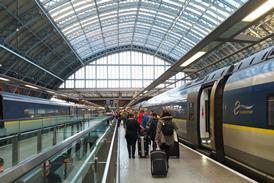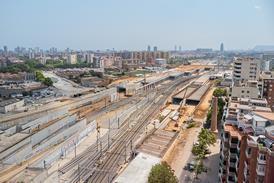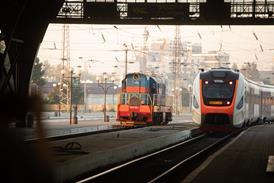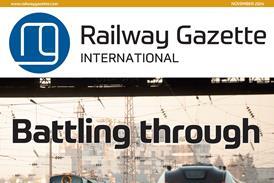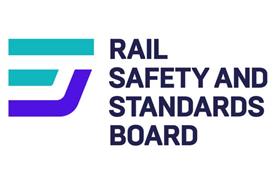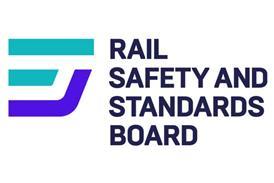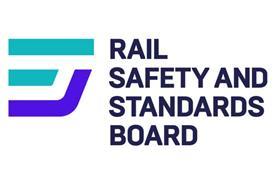THIS YEAR’S edition of our annual supplement Metro Report included a cautionary tale about Line 3 of the Manila light rail network. Traffic was well below expectations because, to save construction costs, the design had been pared to the bone, with access to most of the elevated platforms only by stairs. Just four stations enjoyed the luxury of lifts or escalators. Not surprisingly, the combination of difficult access and high fares did not translate into a success story, and despite the hordes of jeepneys jamming Manila’s streets, passengers stayed away.
A similar tale has emerged in Bangkok, where by July only 170000 people a day were riding the US$1·7bn Skytrain light metro (RG 1.00 p23) compared with 600000 forecast five years ago. The first line runs for 16·8 km from Mo Chit to On Nut, with interchange at Siam to a 6 km route linking National Stadium with Saphan Taksim. As in Manila, access requires people to labour up flights of stairs - not a popular activity in a hot, humid climate. Not only that, but bus interchanges and park-and-ride facilities have still to be completed.
Special promotions have helped to attract passengers, and the high cost of petrol has also generated business, but there is no escaping the fact that revenues are seriously below expectations. Bangkok Transit System Corp has defaulted on two monthly interest payments to Thai creditors, forcing it to draw up a debt restructuring plan. Financial advisers have been drafted in, and BTSC is rescheduling an initial public share offering.
Towards the end of September it looked as though BTSC would request a grace period on its interest payments from its domestic and foreign creditors. US$550m was borrowed from Siam Commercial Bank, with Germany’s Kreditanstalt für Wiederaufbau leading a syndicate owed more than US$450m; the World Bank’s International Finance Corp lent US$50m.

